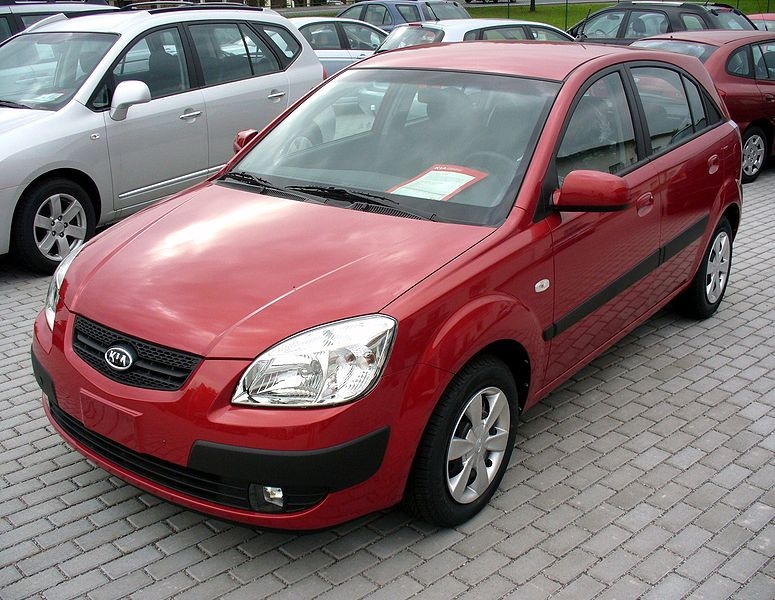
The thermostat serves an important function in your Kia Rio's cooling system. It helps to regulate engine temperature and distribute the proper amount of coolant to your engine. A failed thermostat usually requires replacement, although sometimes a sticking thermostat can be repaired. A failed thermostat in your Kia Rio can render your cooling system useless, leading to engine overheating and possible damage.
Park your Rio on level ground and engage the parking brake. Let the engine cool for at least 30 minutes before beginning procedure.
Place the drain pan under the vehicle and completely drain the cooling system. The Kia Rio's coolant drain plug is located on the bottom side of the radiator. Some year models may require you to remove a plastic engine brush guard from below. These guards can be removed with a socket wrench. Set the coolant in a safe place while you are changing the thermostat--keep it away from children and animals because its sweet smell and taste attracts them and can be deadly.
Use the pliers to remove the clamp from the upper radiator hose connecting to the thermostat cover, located on the passenger side of the Kia Rio engine bay. Cover the opening of the hose to prevent contaminants from entering your cooling lines.
Remove the bolt from the thermostat cover, then set the cover aside. Remove the gasket and the thermostat. Thoroughly clean the opening where the thermostat was mounted; discard the gasket, it cannot be reused.
Place the new thermostat in its place and then attach the new gasket and the thermostat cover. There is one bolt that mounts all three of these parts; tighten this bolt to 14 to 19 foot-pounds with the torque wrench. Replace the upper radiator hose.
Inspect the coolant you drained from the vehicle. If it is dirty or contaminated, replace it with new coolant. Otherwise, refill the coolant from the coolant reservoir (removing the radiator cap is not recommended). If you are replacing the coolant, check with your local waste authority for proper coolant disposal. Engine coolant is toxic; it can harm animals and humans and pollute water.